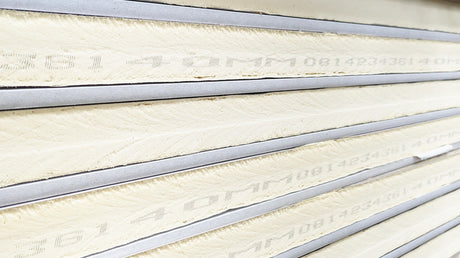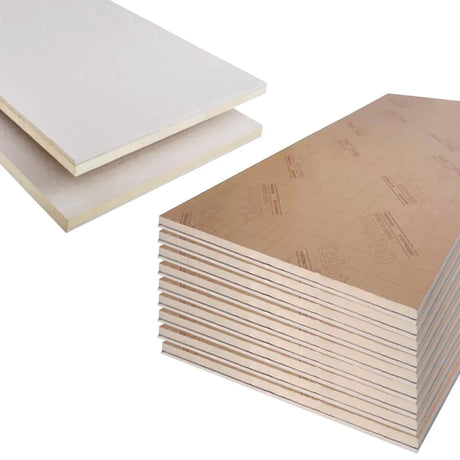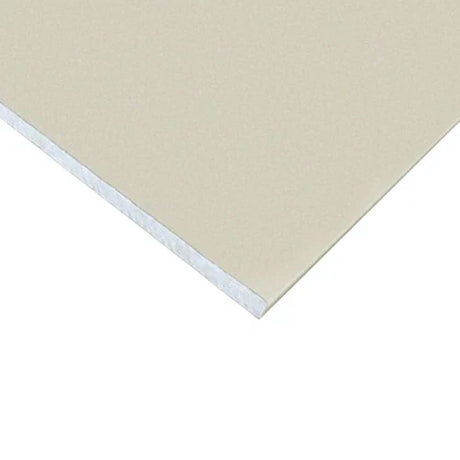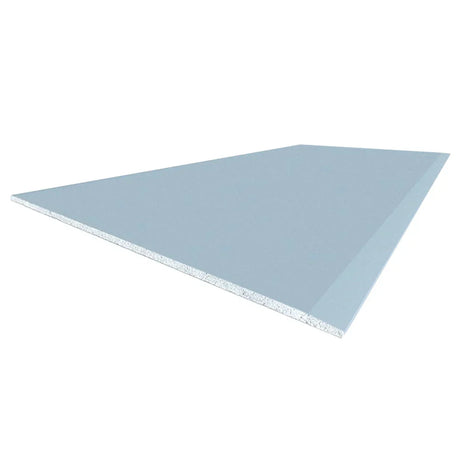Optimising the installation of acoustic plasterboard is crucial for achieving the full potential of these specialised materials. Even premium acoustic boards will deliver disappointing results if installation techniques fail to address critical acoustic principles and common weak points.
Fundamental Acoustic Installation Principles
Breaking Sound Transmission Paths One of the most important principles in acoustic construction is avoiding direct vibration paths between surfaces. Several techniques address this fundamental requirement:
-
Staggered Seam Layering: When using multiple layers of plasterboard, offsetting the joints of each layer prevents continuous weak points. This staggered approach ensures sound must navigate a more complex path, reducing transmission efficiency.
-
Decoupled Mounting Systems: Using resilient bars, acoustic hangers, or independent stud frameworks creates mechanical separation between the plasterboard and the supporting structure. This decoupling prevents direct vibration transfer and can improve performance by 10-15dB compared to direct fixing methods.
-
Isolation from Adjacent Structures: Maintaining small gaps (typically 3-5mm) between plasterboard edges and adjacent walls, floors, or ceilings—later filled with flexible acoustic sealant—prevents rigid connections that could transmit vibration.
Mass and Density Optimisation Maximising the effective mass of the construction significantly improves acoustic performance:
-
Multiple Layer Application: Using two layers of 12.5mm acoustic plasterboard provides better performance than a single 25mm layer due to the impedance mismatch between layers and the dampening effect of fixing and jointing compounds between boards.
-
Different Board Combinations: Combining different board types (e.g., acoustic plasterboard with high-density cement board or mass-loaded vinyl) creates additional impedance changes that enhance sound attenuation across different frequency ranges.
-
Asymmetrical Construction: Using different thicknesses or types of board on opposite sides of a stud framework reduces the resonance effect that can compromise performance at specific frequencies.
Professional Installation Sequence for Maximum Effectiveness
A methodical installation approach ensures optimal acoustic performance from acoustic plasterboard systems:
1. Preparation and Framework For stud wall constructions, ensure framework is dimensionally accurate and stable, with studs at appropriate centres (typically maximum 600mm for single layer or 400mm for multiple layers). For timber studs, minimum 50x100mm sizing provides adequate fixing surface and cavity depth.
Incorporate additional noggins or support elements where heavy fixtures will be attached to prevent subsequent compromise of the acoustic barrier. For metal stud systems, use minimum 70mm studs for acoustic applications, with gauge selection appropriate to wall height and performance requirements.
2. Cavity Insulation Installation Install appropriate acoustic insulation within the cavity space. For optimal results in standard stud constructions, semi-rigid mineral wool with density of 45-60kg/m³ and thickness appropriate to stud depth provides excellent absorption of cavity resonance.
Ensure insulation fills the cavity completely without compression or gaps, particularly around service penetrations or framework elements. For timber stud constructions, offset insulation slightly from the back of plasterboard to create a small air gap that enhances acoustic decoupling.
3. First Layer Application When applying the first layer of acoustic plasterboard, maintain a 3-5mm gap at floor and ceiling junctions. Fix boards vertically where possible to minimise joint length, using appropriate acoustic fixings at centres specified by the manufacturer (typically 230mm for acoustic board).
Pay particular attention to fixing positions near board edges, maintaining 10-15mm distance from edges to prevent damage while ensuring secure attachment. For optimal acoustic performance, apply a continuous bead of acoustic sealant to the perimeter of each board before fixing.
4. Service Integration Where electrical outlets or other services must penetrate the acoustic barrier, take particular care to maintain acoustic integrity:
-
Avoid back-to-back services that create direct transmission paths through the construction
-
Use acoustic putty pads or similar products to seal around outlet boxes
-
Ensure any cables or pipes passing through the construction are sealed with appropriate flexible acoustic sealant
-
Consider acoustic downlighters or similar specialised products for ceiling penetrations
5. Second Layer Application When applying second or subsequent layers, stagger all joints by at least 300mm from joints in the previous layer. Apply acoustic sealant between layers at board edges to enhance acoustic separation. Use fixings of sufficient length to penetrate adequately into the supporting framework through all layers.
For maximum performance, consider applying the secondary layer after the first layer's joint treatment has been completed, providing additional separation between layers and improving overall acoustic integrity.
6. Comprehensive Joint Treatment Joint treatment for acoustic plasterboard requires particular attention to detail:
-
Use paper tape rather than mesh tape for greater structural integrity
-
Apply sufficient joint compound to achieve completely filled and levelled joints
-
Consider specialised acoustic jointing compounds like Gyproc SoundCoat for critical applications
-
Ensure tape is fully embedded without air pockets that could create acoustic weaknesses
-
Extend joint treatment to multiple layers where required to achieve seamless finish
7. Perimeter Sealing and Detailing The final and critical stage involves comprehensive sealing of all perimeters and potential acoustic leakage paths:
-
Apply flexible acoustic sealant to all perimeter gaps between plasterboard and adjacent structures
-
Seal around any service penetrations with appropriate acoustic sealant or putty
-
Address potential flanking paths such as floor/wall junctions with appropriate detail strips or sealants
-
Inspect the entire installation for any gaps or incomplete sealing that could compromise performance
Critical Details for Specific Applications
Ceiling Applications For ceiling installations, additional considerations ensure optimal acoustic performance:
-
Use resilient bar or acoustic hanger systems to decouple plasterboard from joists
-
Install bars perpendicular to joists at 400mm maximum centres
-
Apply plasterboard with long edges perpendicular to resilient bars
-
Use screws of appropriate length to fix into bars without contacting joists behind
-
Maintain minimum 8mm gap between plasterboard edge and perimeter walls
Existing Wall Upgrades When adding acoustic treatment to existing walls, several techniques enhance performance:
-
Consider independent stud framework with 25-50mm gap from existing wall for maximum improvement
-
Where space is limited, use specialist direct wall lining systems with acoustic brackets
-
Ensure any existing wall is properly sealed and prepared before adding acoustic treatment
-
Address potential flanking paths through adjacent structures with appropriate treatment
Door and Window Integration Openings in acoustic constructions require particular attention:
-
Use specialist acoustic door sets in high-performance constructions
-
Ensure door frames are fully sealed to the acoustic plasterboard with appropriate acoustic sealant
-
Consider acoustic thresholds that seal against the door when closed
-
For window openings, ensure reveal details maintain the acoustic integrity of the overall wall
By following these installation principles and techniques, the full potential of acoustic plasterboard can be realised, delivering significant improvements in sound isolation and occupant comfort. Professional installation by experienced contractors familiar with acoustic construction principles typically delivers substantially better results than standard installation approaches, justifying the additional investment for critical applications.









